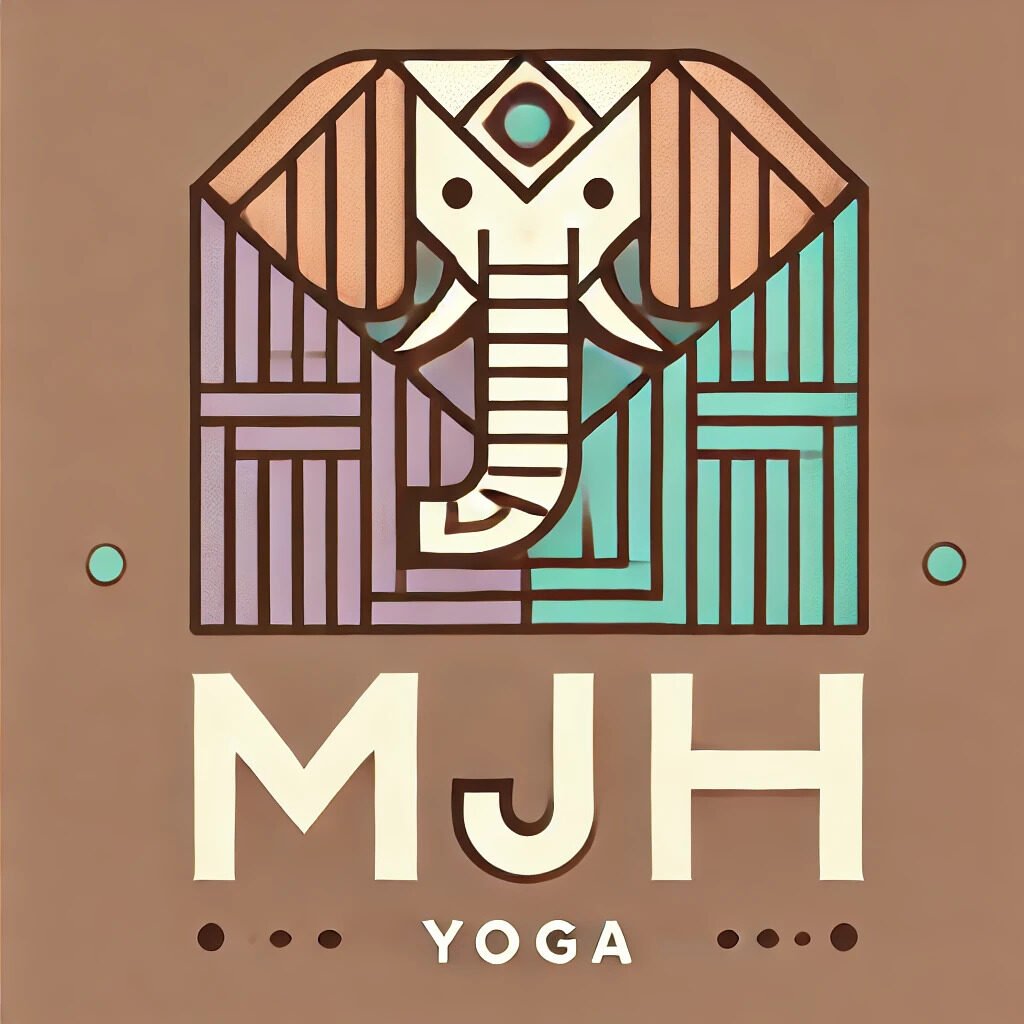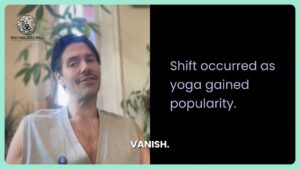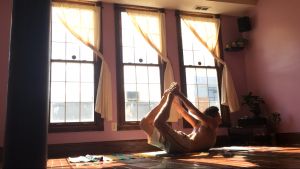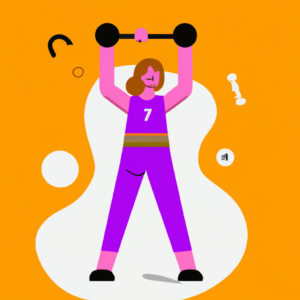Adapting Poses for Individual Needs
Adapting Poses for Individual Needs
You know that moment when you cue “step your right foot forward between your hands,” and someone’s foot ends up somewhere between left field and the front row? That’s not failure — that’s anatomy doing its thing.
Welcome to the beautiful chaos of individualized yoga teaching, where no two bodies are the same, and your one-size-fits-all cue just made sense to exactly one person. Effective teaching isn’t about making everyone look the same — it’s about helping each student discover how yoga fits their body, not the other way around.
Let’s dive into how smart, thoughtful adaptation — rooted in both biomechanics and compassion — transforms the practice for everyone.
I. Understanding Individual Body Differences
People come to yoga with different proportions, abilities, and histories — and thank goodness for that, because the uniformity of Instagram yoga is about as realistic as a unicorn doing navasana.
“Different body types experience poses differently. People with larger pelvises or longer limbs need completely different approaches to the same pose.”
Someone with hypermobility may need grounding and containment. Someone else might need to pry their hips open like a rusted hinge.
“Some students need to focus on creating stability, while others need help finding mobility. The same pose requires opposite approaches.”
And then there are past injuries, surgeries, and chronic conditions that change everything — and need to be respected, not bulldozed.
“If it hurts, don’t go there. We go around it, not through it.”
Because no one came to yoga for bonus sciatica.
II. Biomechanical Principles in Yoga Adaptation
Before we start flinging props like a Cirque du Soleil show, we need to understand the mechanics of what’s actually happening in the body.
“Keep the weight centered over the foundation. Just like a tree needs roots to support its height, your pose needs a stable base.”
That means teaching students to stack their bones, engage their muscles, and understand their personal center of gravity — not just mimic a shape.
“I’ve modified it based on their limitations (like flexibility), goals (like achieving specific postures), and circumstances (like travel).”
The art is in the adaptation. The science? That’s muscle engagement, range of motion, and structural integrity.
“This muscle has to be holding you. It’s muscle, not bone, that creates the stability in this position.”
Yes, we’re building strength — not just showing off party tricks.
III. Practical Modification Strategies
Let’s make one thing crystal clear: modification is not a consolation prize. It’s smart, it’s strategic, and it’s often what makes the practice possible.
“Any modification is OK. Try using a block here if you need more length.”
Blocks, straps, walls — these are not training wheels. They’re tools that help us work with precision.
“If your dog feels too long… shorten it up. If it feels too short… lengthen it out.”
Listen, your down dog doesn’t need to look like anyone else’s. It needs to work for your shoulders, your hamstrings, and whatever emotional baggage you brought to the mat today.
And yes, the breath counts too.
“If you need more energy, try a faster breath. If you’re already overstimulated, slow it down. The pranayama should meet your needs, not the other way around.”
The breath isn’t one-size-fits-all either. It’s medicine — and the dosage depends on the student.
IV. Personalized Teaching Approaches
You’re not just teaching poses. You’re teaching people. And people learn in different ways — some need anatomy terms, some need metaphors, and some just need you to stop talking so they can feel it.
“I might use anatomical terms for some students, while others respond better to imagery like ‘imagine scraping gumbo’ to describe a specific movement.”
Imagery unlocks things that instruction can’t. That’s why we keep it weird. Weird is memorable.
When it comes to assists:
“That’s one of the ways I think that I assist differently than others. I maintain the person’s strength while assisting.”
The goal is never to do the pose for them — it’s to help them experience it safely.
Most importantly, we need to give students permission to make choices.
“Everything is optional. I want to create an environment where students feel empowered to make choices about their practice.”
Autonomy is the highest form of alignment.
V. Finding the “Most Viable Posture” (MVP)
There is no universal “correct” version of a pose — just the version that works best for the person doing it. Enter: the MVP.
“The most viable posture is the one that gives you the benefits of the pose while respecting your body’s current limitations.”
It’s not about making things easier. It’s about making them meaningful.
“We want to find that sweet spot where you’re challenged enough to grow but not so much that you’re risking injury.”
And before you start wondering whether modifying a pose waters it down…
“The goal isn’t to make the pose easier, but to make it more accessible while maintaining its functional purpose.”
No one gets a gold star for pain. The MVP is about sustainability.
VI. Case Studies: Adapting Common Poses
Let’s get into the real-life application — because this stuff lives in the trenches.
Backbends for different spinal conditions:
“For backbends, I focus on preventing hip dumping by engaging the abdomen, controlling rib placement by pulling in the front ribs and engaging glutes.”
Say it with me: no more flopping into wheel pose like it’s a trust fall.
Warrior variations for knees and hips:
“By adjusting the width of your stance and the angle of your feet, we can completely change how the pose affects your knees and hips.”
Wide stances aren’t a badge of honor. They’re a tool — sometimes too much of a good thing is… too much.
Inversions for shoulder and neck considerations:
“For someone with neck tension, we might modify headstand completely or use the wall for support in a different inversion.”
Just because it’s on the poster doesn’t mean it belongs in the body. We adapt.
Conclusion
Adaptive yoga teaching is not a departure from tradition — it’s a return to yoga’s true purpose: liberation.
“If our yoga is to be a lifelong practice, it must evolve to meet practitioners where they are. Tradition isn’t lost when we adapt; it’s upheld.”
Every student is different. Every body is different. And the best yoga teachers? They meet people where they are and give them the tools to move forward — wisely, sustainably, and with a healthy dose of curiosity.




